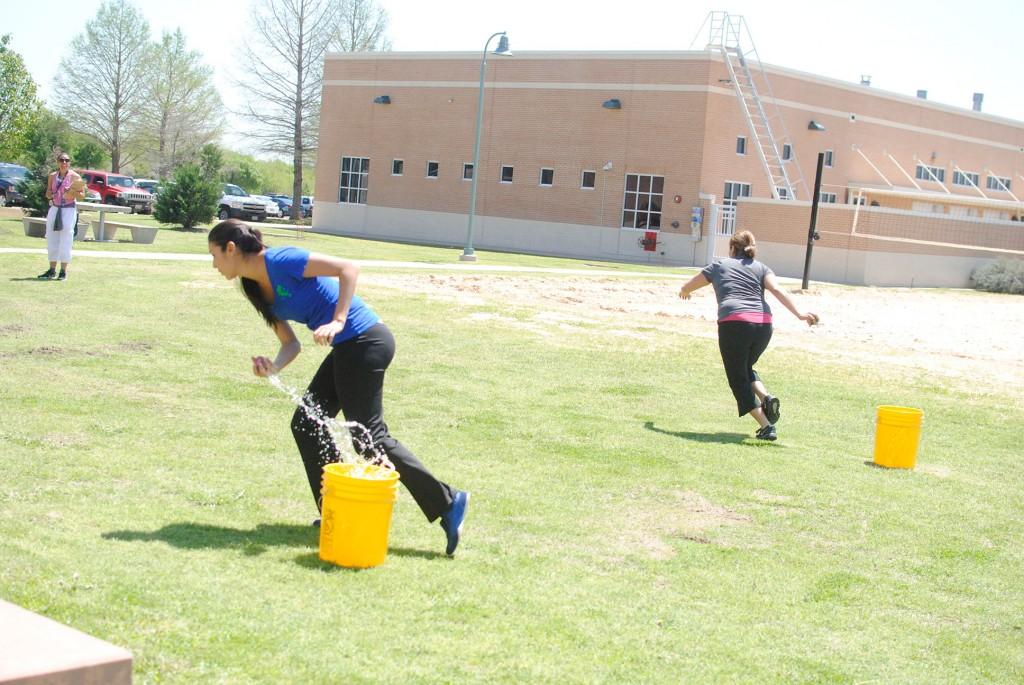By Emina Gibic/reporter
Etiquette in the business world is more than uttering the words “excuse me” and “thank you,” a South Campus audience learned April 2.
Anita Jones, CEO of AJ Consulting, spoke to students about the importance of communicating in the workplace while entrepreneur and workshop facilitator Damika Wallace demonstrated proper dining etiquette.
“It’s all about networking and presenting yourself in a manner that will get you that job, promotion or potential client,” she said.
In the professional arena, one must be careful communicating and giving out information, Jones said. This means practicing email etiquette and keeping casual conversations limited to sports, music and vacations.
“It’s also important to establish eye contact when speaking to professionals,” she said. “If you don’t demonstrate eye etiquette to others, then you shouldn’t expect it back.”
Jones also said to create a “power-intro” to be prepared when introducing oneself to potential employers or clientele.
“A power-intro should state your name, what you are doing now and where you plan to go in terms of your career,” she said. “You are marketing your brand and selling yourself in your introduction.”
When dining with professionals, people must be aware they are selling themselves at any given time, Wallace said.
“When a person has sloppy eating habits, then who knows what else they’re sloppy in,” she said.
Important etiquette rules include not blowing one’s nose at the table, keeping elbows off the table while eating, not reaching across a neighbor’s plate and disposing of gum in a napkin rather than sticking it on a plate, Wallace said.
“There are two different styles of eating: American and continental,” she said. “I find it easier and safer to use continental.”
American eating style involves holding the fork in the left hand and cutting with the knife in the right hand. After cutting, one puts down the knife and switches the fork into the right hand. The continental version does not switch any of the utensils between the two hands. Instead, the fork stays in the left hand while cutting and eating.
“When dining with people from countries in Europe, it might be best to use the continental style because this is the way most people in the world eat,” she said. “When in doubt, always look at the host and follow their lead.”
Wallace also said to place the fork and knife diagonally across the plate to signify when finished with a meal.
South music major Lloyd McMaster III attended to learn how to dine properly in a business environment.
“The most beneficial part of the seminar was the dinner portion where we actively used our etiquette and communication skills to converse with our host,” he said.
Jones said business dinners are about what people can take away from the person they are networking with. Networking will allow someone to possibly take that next step in a company, she said.
“Etiquette is not something you just wake up with one day,” she said. “You have to grow into your professional and business etiquette.”



























